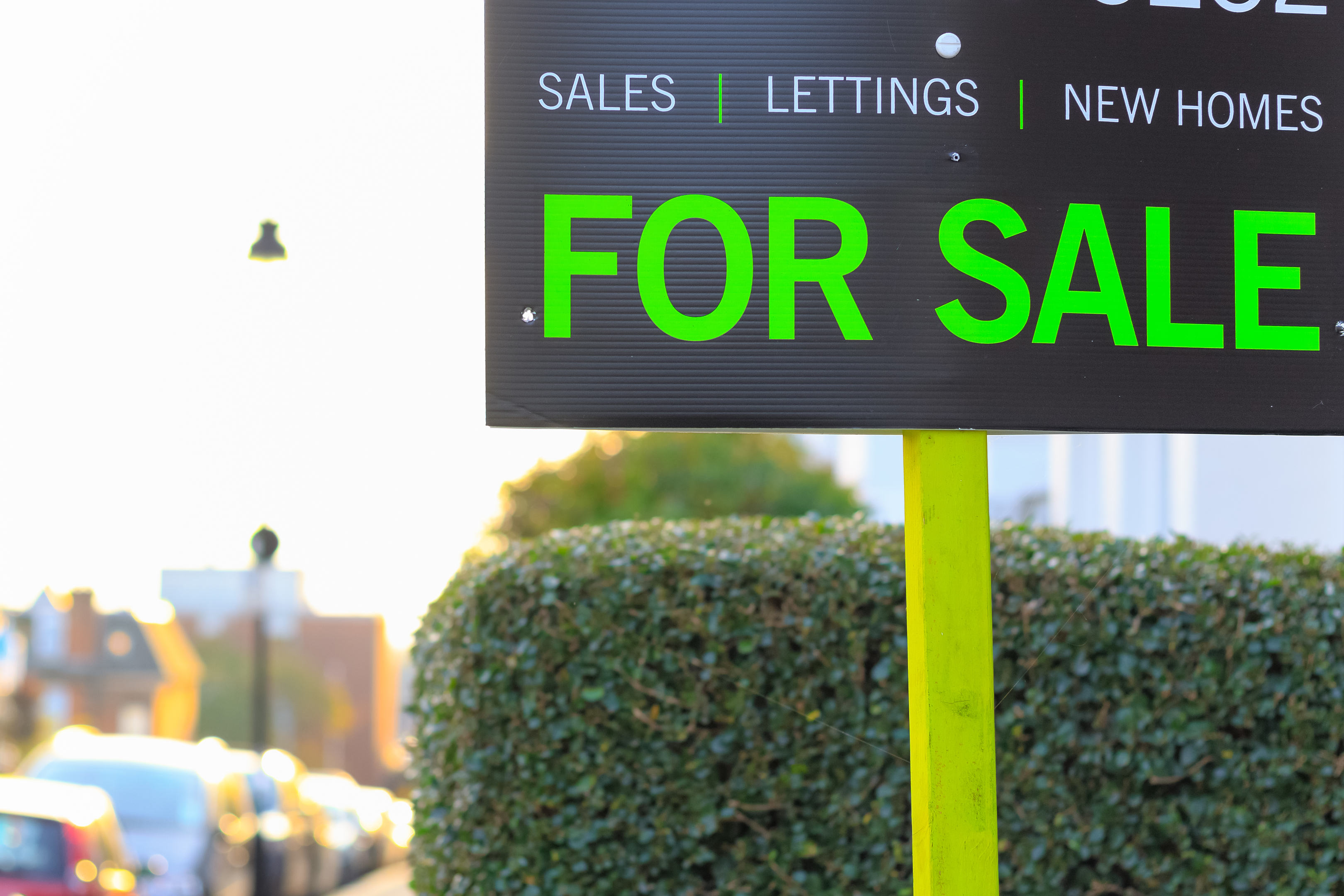
A DECLINE in property sales is forecast over the next three months amid ongoing Brexit uncertainty, according to a report.
The Scottish housing market ended 2018 on a weak note with national sales volumes dwindling in December, the Royal Institution of Chartered Surveyors (Rics) said.
In contrast, some areas – including the north east of England, East Anglia, Wales and Northern Ireland – reported more positive trends in the UK Residential Market Survey.
Despite the somewhat bleak outlook, house prices are reported as steady with 19% of respondents reporting growth in the last month of the year.
However that positivity stalls with prices expected to fall over the next three months, while the 12-month outlook remains broadly the same across the UK.
Simon Rubinsohn, Rics chief economist, said: “It is hardly a surprise with ongoing uncertainty about the path to Brexit dominating the news agenda that even allowing for the normal patterns around the Christmas holidays, buyer interest in purchasing property in December was subdued.
“This is also very clearly reflected in a worsening trend in near term sales expectations.
“Looking a little further out, there is some comfort provided by the suggestion that transactions nationally should stabilise as some of the fog lifts, but that moment feels a way off for many respondents to the survey.”
Supply issues also remain in the letting market.
The number of landlord instructions again declined in December, meaning that figure fell in every month of 2018.
Hew Edgar, Rics interim head of policy, added: “Given the current political and economic environment it is hard to see developers stepping up the supply pipeline to meet the quantum of new builds.
“Reaching the required 25-30,000 homes per year building target was never going to be easy, but to reach anywhere near this figure the Scottish Government needs to explore other avenues for housing development across all tenures.
“The Government’s 50,000 social homes by 2021 target is commendable, but their focus needs to expand beyond social housing and support other delivery models and tenures, such as self-build, custom build, built-to-rent and co-housing.
“Simultaneously, the Scottish Government must not lose track of existing properties and the maintenance requirements of current housing stock.
“If Government policy continues to be aimed exclusively at new supply, and the condition of older stock is not given due consideration, existing dwellings will continue to deteriorate, reaching a state of inhabitability in the near future.
“This will essentially negate new build figures and ultimately lead to viable housing supply in Scotland remaining static.”

Enjoy the convenience of having The Sunday Post delivered as a digital ePaper straight to your smartphone, tablet or computer.
Subscribe for only £5.49 a month and enjoy all the benefits of the printed paper as a digital replica.
Subscribe